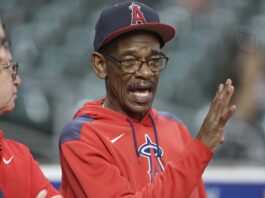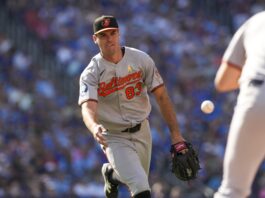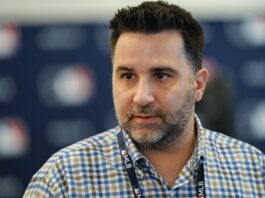
Monday night in the Atlanta Braves game gave us one of the strangest—and most heartbreaking—sequences of the MLB season so far. What looked like a routine opposite-field flare off Matt Olson’s bat turned into a scene of chaos, confusion, and ultimately, concern.
As Reds rookie Tyler Callihan chased down the blooper with everything he had, he collided violently with the wall and crumpled to the ground. The diagnosis came later: multiple broken bones in his forearm. Brutal.
And as if that wasn’t enough, the play somehow ended with Olson circling the bases for one of the most improbable inside-the-park home runs you’ll ever see.
The Backlash Against Olson Is Completely Misplaced

Now let’s address the elephant on Twitter. Some Reds fans—certainly not all, but enough to make noise—have taken the bizarre stance that Olson should’ve pulled up, stopped running, and sacrificed the play out of respect for Callihan’s injury.
Matt Olson was doing what any smart, competitive player is supposed to do: he kept playing until the umpires told him to stop. The ball dropped. It wasn’t ruled a catch. He looked up, saw no signal to halt the play, and did exactly what every fan in Cincinnati would be screaming for their first baseman to do in the same spot—score.
This isn’t a video game. Olson couldn’t see the extent of the injury from first base. He couldn’t hit pause and ask for a replay. The live play was active, and he respected that process. If you’re looking for someone to aim frustration at, it needs to be the umpiring crew, not the guy running hard and doing his job.
The Rule, the Judgment Call, and the Real Grievance
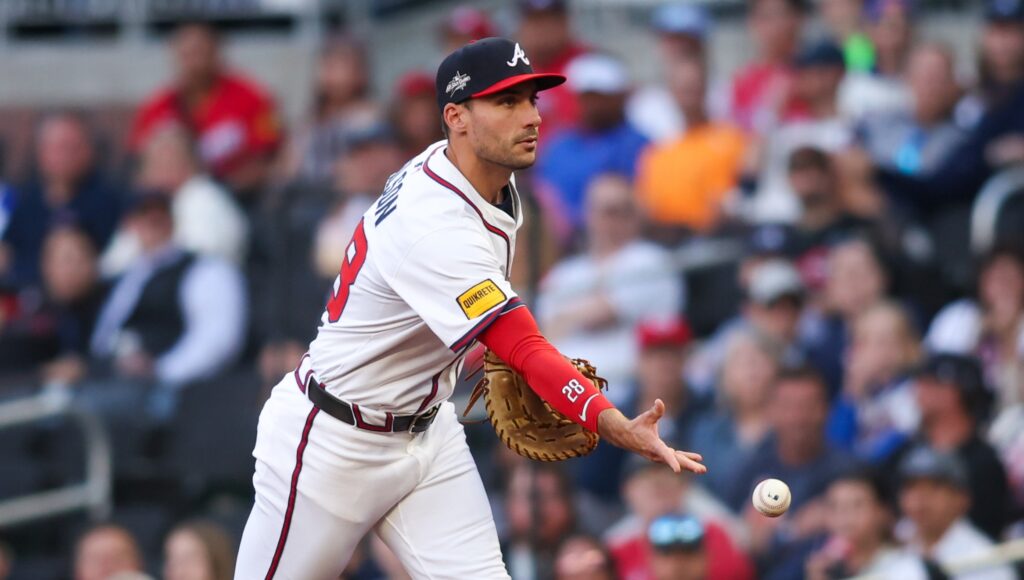
Here’s the real crux of the issue: the umpires ruled that Callihan never “completed the catch.” MLB rules allow discretion for moments exactly like this—where a player makes contact with a wall or the ground shortly after a catch attempt. In this case, the umpires decided that the jarring impact nullified the catch. It’s a gray area. But it’s not Olson’s fault.
Yes, it feels harsh. Yes, Callihan paid an enormous price trying to make a heroic play. But the book made the ruling. Fans can argue that the rule needs adjusting.
They can argue that discretion should have leaned in Callihan’s favor because of the effort. Those are fair debates. But blaming Olson for following the live flow of the game is not it.
Cooler Heads—and Francona—Prevail
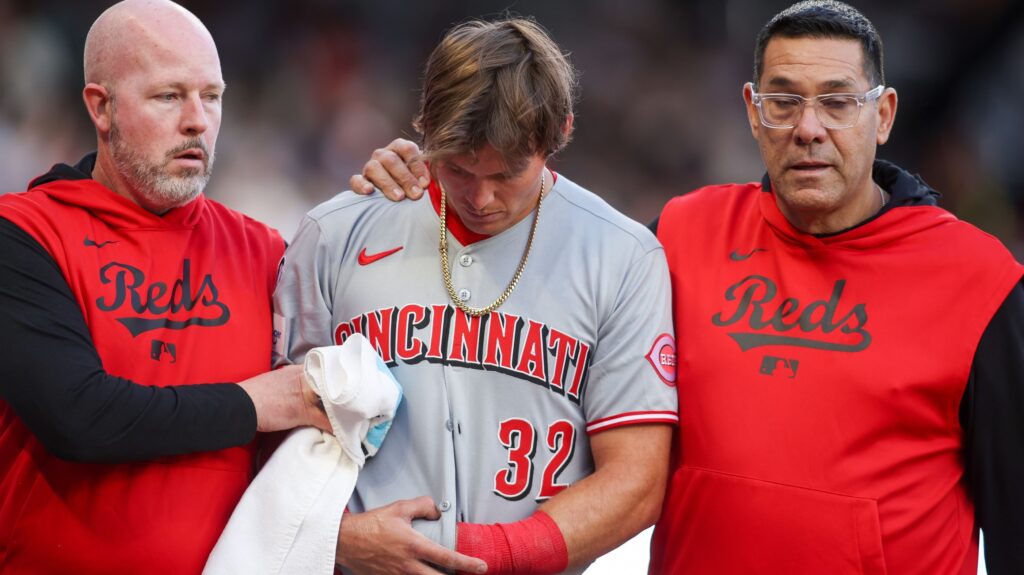
To his credit, Reds manager Terry Francona had zero interest in stirring up a drama-fueled retaliation storyline after the game. He recognized the situation for what it was: unfortunate, painful, and out of the players’ hands. That’s leadership. Hopefully, it will squash any whispers of on-field retaliation in the coming days.
The emotion from Reds fans is real and totally justified. Seeing a young player go down like that is hard. But let’s keep the focus where it belongs: on hoping Callihan heals up quickly and on demanding clarity in rules, not on crucifying a guy who was just doing his job.
